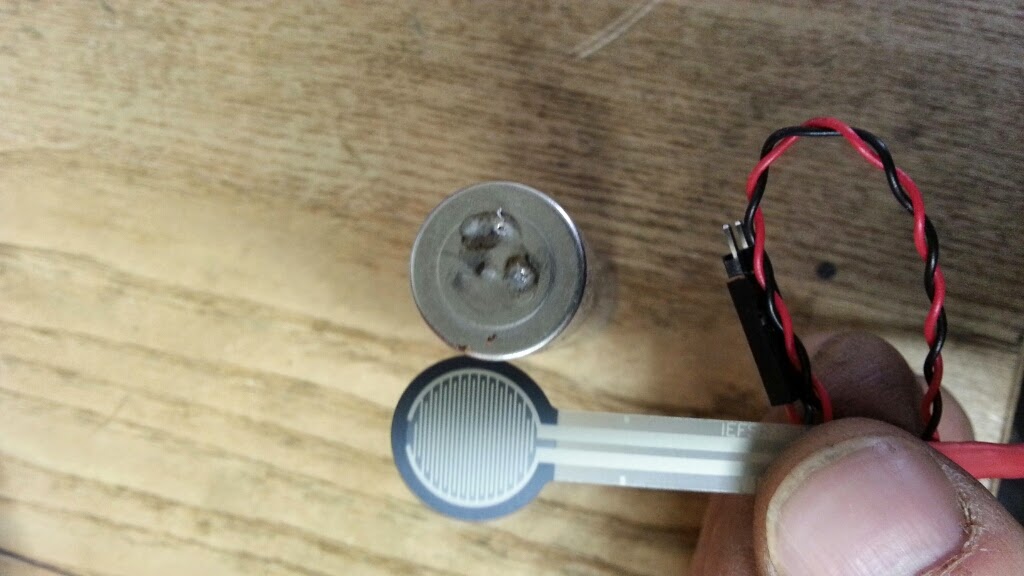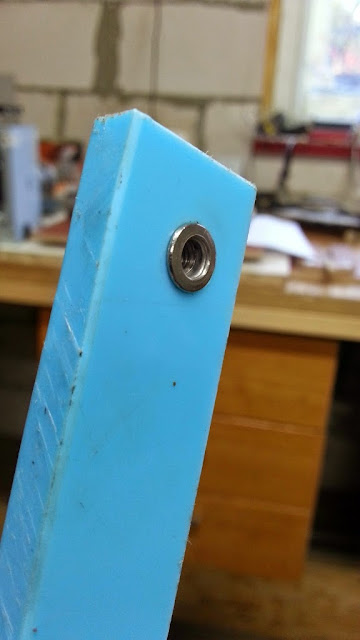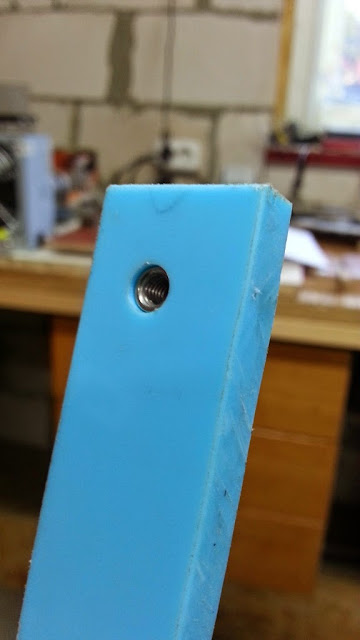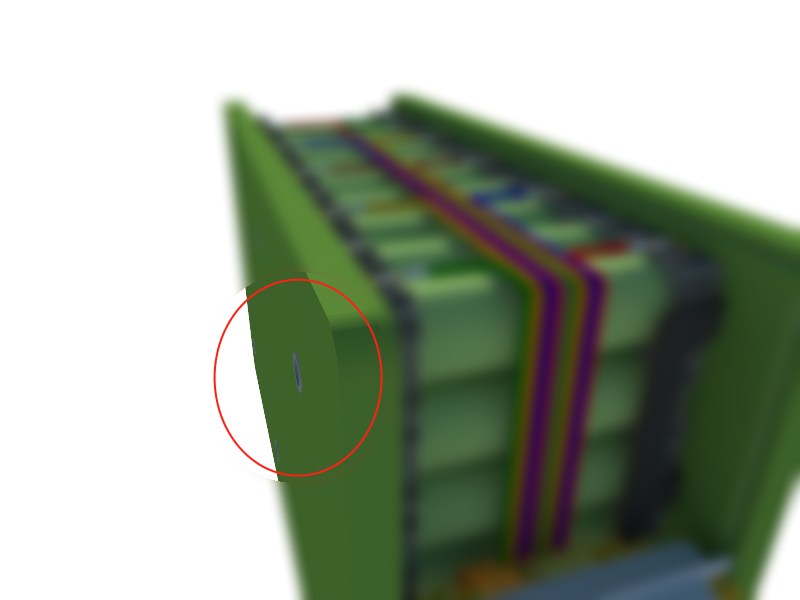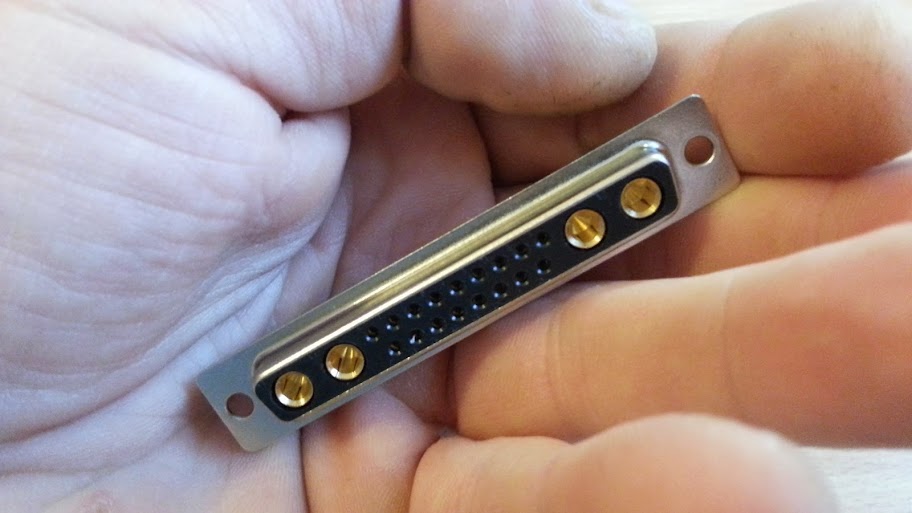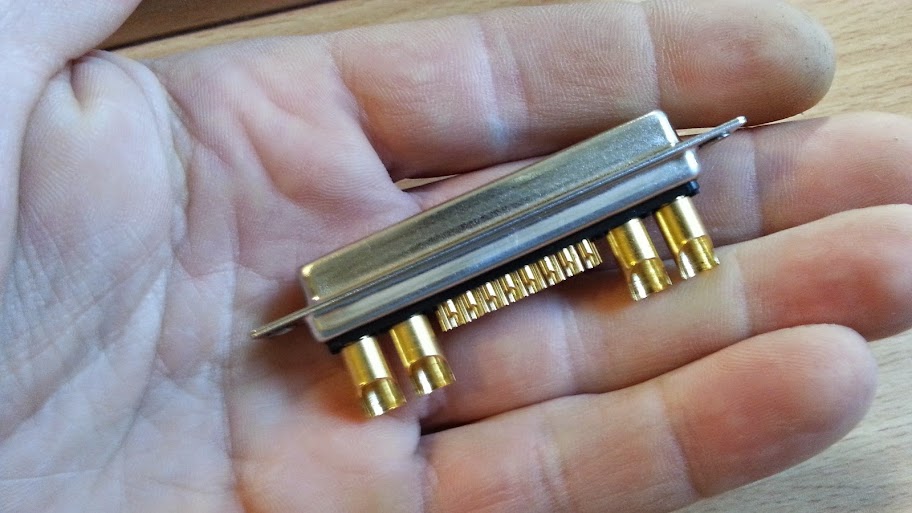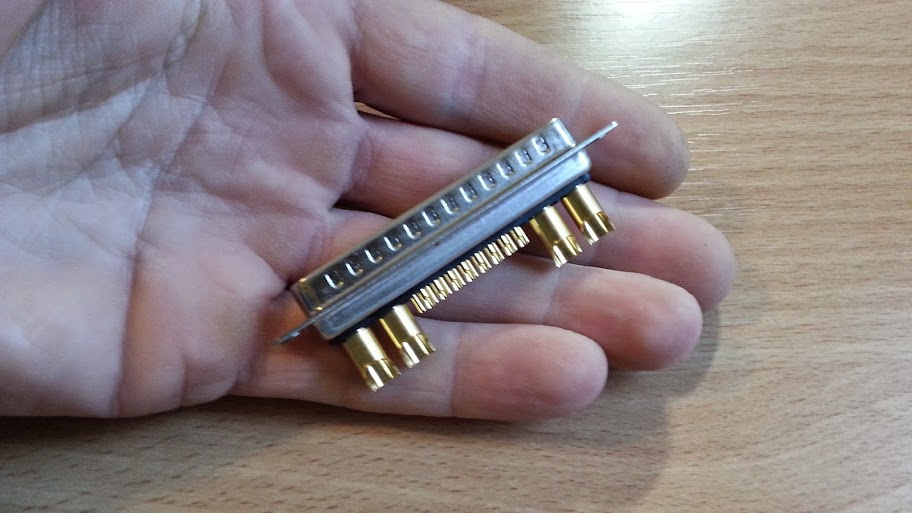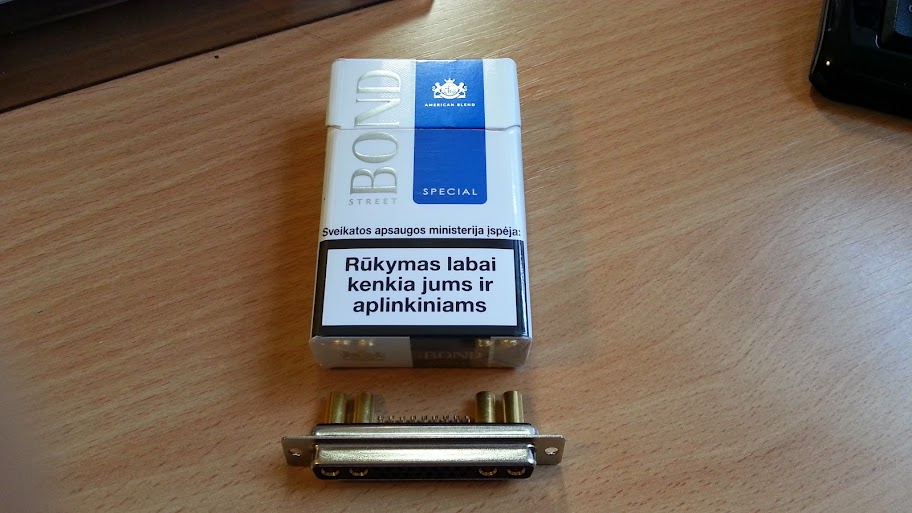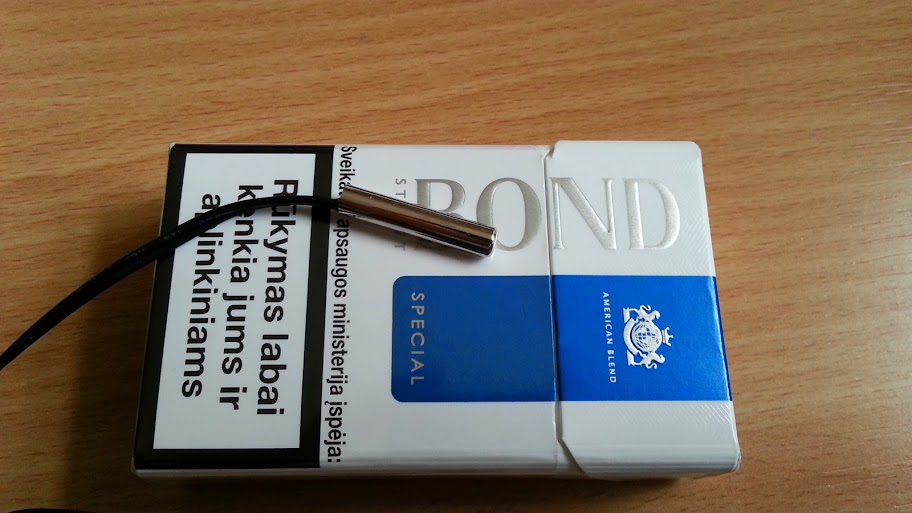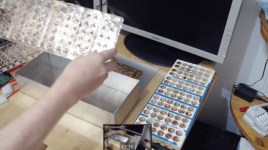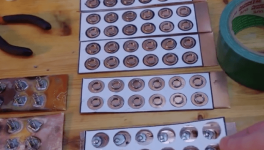It's great to see someone doing some vibration testing on a homebuilt machine

I don't know much about the subject, but having use a shaker table I can offer the following.
One revolution of the motor will be one cycle. I appreciate this will actually be accelerate-decelerate-accelerate-decelerate, but that's the convention - one cycle is where you end at the position you started.
Vibration levels are expressed as displacement, velocity or acceleration, either as RMS, peak or peak-to-peak. RMS seems fairly common (giving the "power" of the vibration).
The motion of your machine should be sinusoidal and you can calculate the vibration level based on the frequency (3000rpm/60) and displacement (stroke length).
Permissible levels for rotating machinery (excluding internal combustion engines) are generally less than 10mm/sec (peak). Our machine runs at a little under 50mm/sec.
It would be interesting to get a rough idea of the vibration (perhaps just the frequency) found in a non-suspension bicycle ridden on a typical road and use this to set your shaker table. I don't know if it's possible to use the accelerometer in a smartphone to do this.
I would run the test for much longer than 8 hours unless it's much more severe than the vibration found in end-use (hence the usefulness of having a rough idea how your shaker table compares to real life). Think that 1000 miles ridden at 20mph is 5000 hours.



